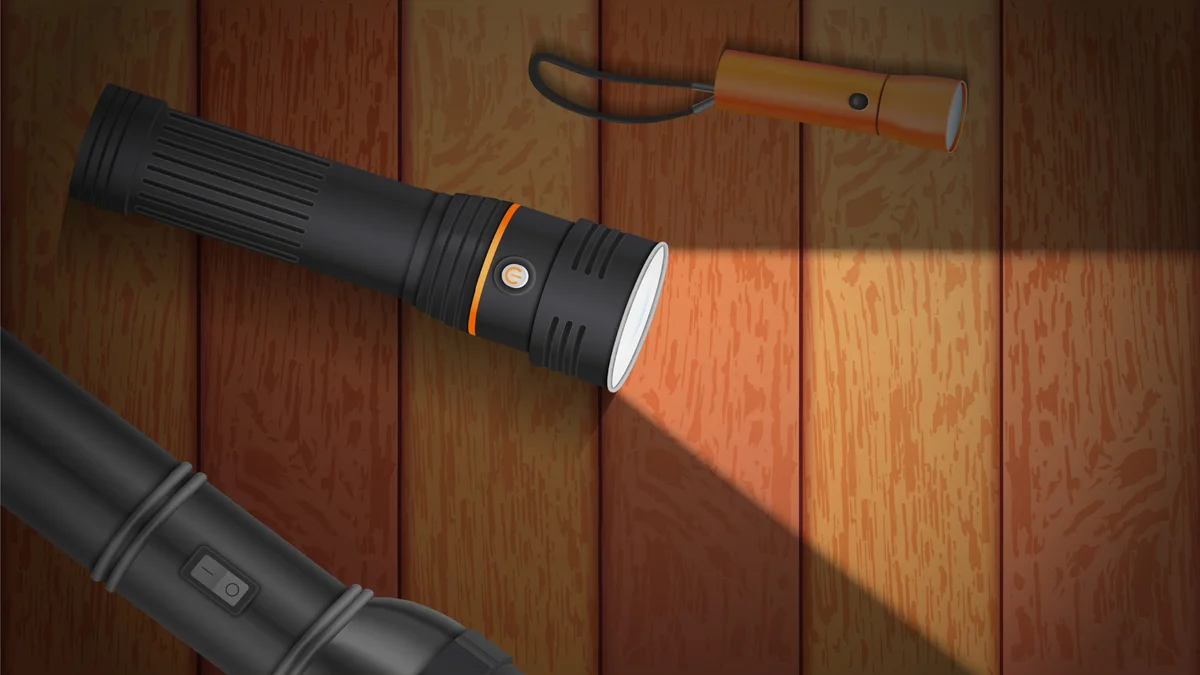Night Hunter: Essential Gear And Techniques For Nighttime Wildlife Observation

Table of Contents
Essential Gear for the Night Hunter
Nighttime wildlife observation requires specialized equipment. Investing in the right gear significantly enhances your experience and ensures your safety. Here's a breakdown of the essentials:
Illumination – Choosing the Right Light
Proper illumination is paramount for a Night Hunter. However, it's crucial to choose wisely to minimize light pollution and its detrimental effects on wildlife.
- Red light vs. white light: Red light headlamps are preferred for wildlife observation. White light can startle animals and disrupt their natural behavior. Red light preserves their night vision and allows for more discreet observation.
- Brightness levels: Select a headlamp with adjustable brightness. A lower setting is sufficient for most situations, conserving battery life and preventing light pollution.
- Battery life considerations: Opt for headlamps with long battery life, especially for extended nighttime excursions. Rechargeable batteries are a more environmentally friendly and cost-effective option.
- Hands-free options: Hands-free headlamps are essential for navigating the terrain and using binoculars or a spotting scope simultaneously.
Consider investing in a quality night vision device for enhanced low-light capabilities. These can significantly improve your ability to spot wildlife, especially in very dark conditions. When choosing a wildlife observation light, always prioritize red light options to minimize disturbance to animals.
Optics for Nighttime Viewing
High-quality optics are crucial for successful nighttime wildlife viewing. Low-light performance is key.
- Binocular specifications (e.g., 10x42): Look for binoculars with large objective lenses (the front lenses) to gather more light. 10x42 binoculars offer a good balance of magnification and field of view, suitable for most wildlife observation situations.
- Spotting scope magnification: A spotting scope provides greater magnification for observing distant animals, particularly useful for larger mammals or birds.
- Tripod stability: A sturdy tripod is essential for stability, especially when using a spotting scope. This prevents blurry images and allows for steadier observation.
- Image quality in low light: Prioritize binoculars and spotting scopes designed for low-light performance. Look for features that enhance image brightness and clarity in dark conditions.
Night vision binoculars are a valuable investment if you're serious about nighttime wildlife viewing, providing significantly improved visibility in low light situations.
Clothing and Personal Safety
Appropriate clothing and safety precautions are crucial for nighttime excursions.
- Waterproof/windproof layers: Nighttime temperatures can fluctuate, so layering clothing allows for temperature regulation. Waterproof and windproof outer layers provide protection from the elements.
- Insect repellent: Depending on the location and time of year, insect repellent is essential to protect against biting insects.
- Sturdy boots: Sturdy footwear with good ankle support is necessary for navigating uneven terrain.
- First-aid kit: A comprehensive first-aid kit is a must for any outdoor adventure, especially nighttime excursions.
- Flashlight: A powerful flashlight is essential for navigating in the dark, beyond your headlamp.
- Whistle: A whistle can be used to signal for help in case of an emergency.
- Communication device (GPS, satellite phone): A GPS device or satellite phone is recommended for navigation and emergency communication, especially in remote areas.
Choosing the right night hunting gear will contribute to a safe and successful wildlife observation experience. Remember safety is paramount.
Mastering Nighttime Wildlife Observation Techniques
Successful nighttime wildlife observation requires understanding animal behavior and employing effective techniques.
Understanding Animal Behavior at Night
Nocturnal animal behavior differs significantly from daytime activity.
- Nocturnal animal activity peaks: Different animals are most active at different times during the night. Research the peak activity times for the species you wish to observe.
- Recognizing animal sounds: Learn to identify the sounds of various nocturnal animals. This can be a valuable tool for locating them.
- Minimizing human scent: Wind direction is crucial. Position yourself downwind of animals to avoid alerting them to your presence.
- Understanding animal territoriality: Respect animal territories and maintain a safe distance.
Understanding nocturnal wildlife behavior is key to successful night animal observation.
Choosing the Right Location and Time
Careful location and timing selection maximizes your chances of observing wildlife.
- Identifying prime habitats: Research the habitats favored by the animals you wish to observe. Focus your efforts on suitable locations.
- Moon phase impact: The moon phase significantly impacts visibility. A new moon provides the darkest conditions, while a full moon can make animals more active but harder to spot against a bright backdrop.
- Avoiding dangerous areas: Avoid hazardous areas such as steep slopes, bodies of water, and areas with potential wildlife encounters (e.g., bears).
- Checking weather forecasts: Check the weather forecast before heading out. Adverse weather conditions can significantly impact your observation opportunities.
Planning your nighttime wildlife viewing locations carefully is essential for a successful trip.
Ethical Considerations for the Night Hunter
Responsible and ethical wildlife observation is paramount.
- Minimum distance guidelines: Maintain a safe and respectful distance from animals to avoid disturbance.
- Avoiding flash photography: Flash photography can startle animals and disrupt their natural behavior. Avoid using flash.
- Leaving no trace: Pack out all trash and leave the area as you found it.
- Respecting wildlife habitats: Respect the animals’ habitat and avoid disturbing their environment.
Ethical wildlife observation is key to responsible wildlife watching.
Conclusion
This guide provides a strong foundation for becoming a successful Night Hunter. By investing in the right gear and understanding the key techniques discussed, you’ll be well-equipped to explore the fascinating world of nighttime wildlife observation. Remember, responsible and ethical practices are crucial for ensuring both your safety and the well-being of the animals. So grab your gear, embrace the darkness, and embark on your next thrilling nighttime wildlife adventure! Start planning your next Night Hunter expedition today!

Featured Posts
-
 Het Afscheid Van Thomas Mueller Een Bittere Pil Voor Bayern Muenchen
May 11, 2025
Het Afscheid Van Thomas Mueller Een Bittere Pil Voor Bayern Muenchen
May 11, 2025 -
 Henry Cavills Unexpected Beard In Mission Impossible Fallout Tom Cruise Explains
May 11, 2025
Henry Cavills Unexpected Beard In Mission Impossible Fallout Tom Cruise Explains
May 11, 2025 -
 Uruguay Laicidad Y El Significado De La Semana De Turismo
May 11, 2025
Uruguay Laicidad Y El Significado De La Semana De Turismo
May 11, 2025 -
 Analyse Du Marche La Resistance De L Euro Face Aux Tensions Geopolitiques
May 11, 2025
Analyse Du Marche La Resistance De L Euro Face Aux Tensions Geopolitiques
May 11, 2025 -
 No More John Wick 5 A Plea To Hollywood
May 11, 2025
No More John Wick 5 A Plea To Hollywood
May 11, 2025
